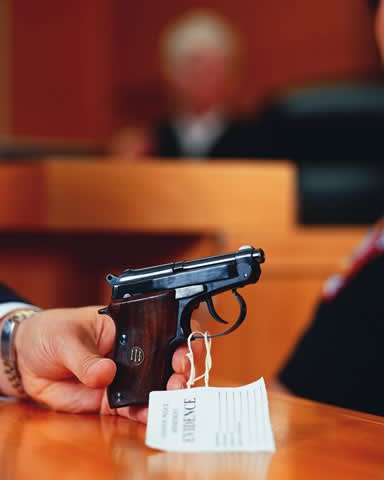In Hill v. California, for example, officers went to the last known address for Archie Hill, because they had PC to arrest him for a robbery. The door was opened by a man who fit the description of Hill, and though he insisted his name was Miller (which in fact was true), the officers declined to take his word. They arrested him thinking he was Hill and conducted an incidental search that resulted in evidence incriminating Hill in a robbery. When the real Hill was later arrested and sought to suppress the evidence based on an illegal arrest, the court applied the good faith exception and denied suppression:
"The police had probable cause to arrest Hill and they had a reasonable, good faith belief that the arrestee Miller was in fact Hill. When the police have probable cause to arrest one party, and when they reasonably mistake a second party for the first party, then the arrest of the second party is a valid arrest." (Hill v. California)
Mistaken Location
Officers with a search warrant for "the third floor apartment" at a particular Baltimore address served the warrant there without realizing that there were actually two separate apartments on the third floor, and they were in the wrong one. In the meantime, however, they saw and seized contraband implicating the tenant of that apartment. He moved to suppress it, but the Supreme Court ruled that the good faith exception applied:
"The officers' conduct was consistent with a reasonable effort to ascertain and identify the place intended to be searched. The Court has recognized the need to allow some latitude for honest mistakes that are made by officers in the dangerous and difficult process of making arrests and executing warrants." (Maryland v. Garrison)













